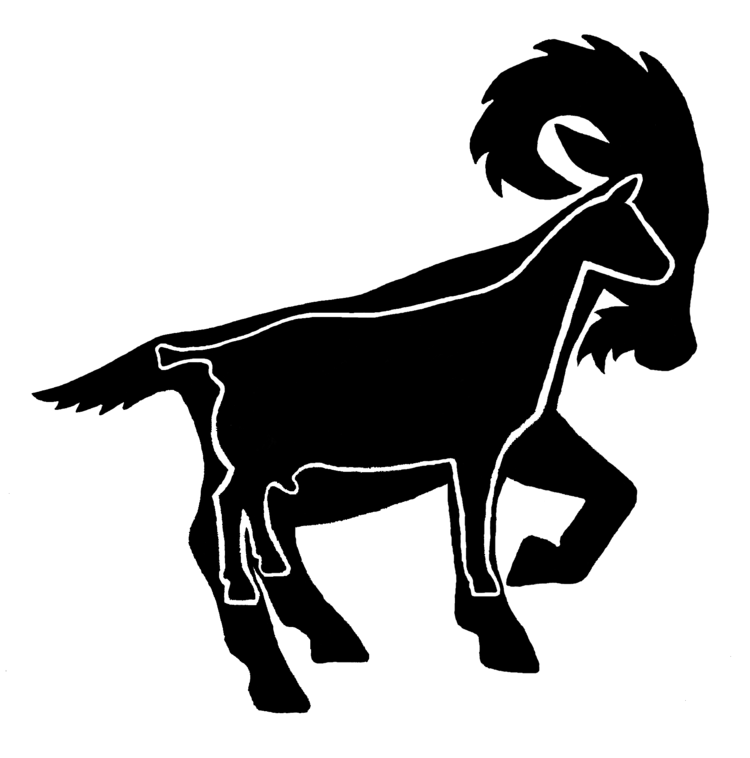*WARNING - at the bottom of the post is a somewhat graphic image - normal vs diseased intestine.*
In 11 years, I do not believe how have ever lost a goat to enterotoxemia - often refered to as ‘overeating disease’. Enterotoxemia is caused Clostridium bacteria, Clostridium perfringens types C & D, most commonly. These bacteria are ever present in the environment and are part of a normal gut microbiome. Unfortunately, in some cases/conditions, these bacteria grow out of control and produce large amounts of toxins. The toxins produced enterocolitis (inflammation of the intestines) which increases the permeability of the intestinal blood vessels, overloading the kidneys with bacterial toxins. The signs of exterotoxemia include:
- Loss of appetite
- Abdominal discomfort
- Diarrhea
- Sudden death
It is the sudden death symptom that claimed one 4/13/18. Hazel's 3 week old doe kid presented no other signs. She was jumping and climbing me when I filled their milk bucket at 06:30... she was found dead at 17:00.
While adults are susceptible in extreme cases, goats develop immunity to the toxins. We also have the benefit of vaccination in the form of the CD&T vaccine (clostridium perfringens type C & D and Tetanus).
Upon finding the doe kid dead, I called my wonderful vet. With the cause unknown at this point, I was worried my other kids were at risk. Hazel (and all other does) had received a CD&T booster 3 weeks prior to kidding (which should allow her to pass immunity via milk). All kids receive their first CD&T vaccination at disbudding, so this doe kid had been vaccinated; however, the vaccination likely did not have time to be fully effective. By most accounts, this kid should have had protection. After talking to the vet, there were no obvious answers, so a necropsy was scheduled for the next day. At the time, a heart defect seemed the most likely cause.
Results were in by the evening. Inflamed intestinal tissue (see image below) made it clear clostridium bacteria were to blame. While there is no way to know for sure, given the sudden mortality and vaccination of both dam & kid, Dr. Chris speculated that it could be Clostridium perfringens type A. Type A is rare but present in cattle and is beginning to be seen in goats.
So what now? After a quick review of what and how I am feeding my kids, Dr. Chris determined I should keep doing what I am doing but to remain vigilant of any behavioral changes. All kids have been given the clostridium antitoxin, which will provide up to 3 weeks of protection to allow for their CD&T vaccination to take full effect. He also recommended getting their CD&T booster into them when applicable (3 weeks post first vaccination). If I should see a kid demonstrate any signs of discomfort, administer penicillin IM and orally for 5 days. I will also bump my CD&T vaccination up to only a few days of age.
While this is a complete bummer, stuff happens. I am glad to have learned something. Anytime something crappy happens, I learn something: how to identify a specific issue, how to treat it, how to prevent it. These are lessons I do not forget and will benefit my animals for years/decades to come. Further, if this kid had not passed, I would have sold her sister. I guess it is fate that the sister, who is smaller than her deceased sister, is the one who will be retained.

